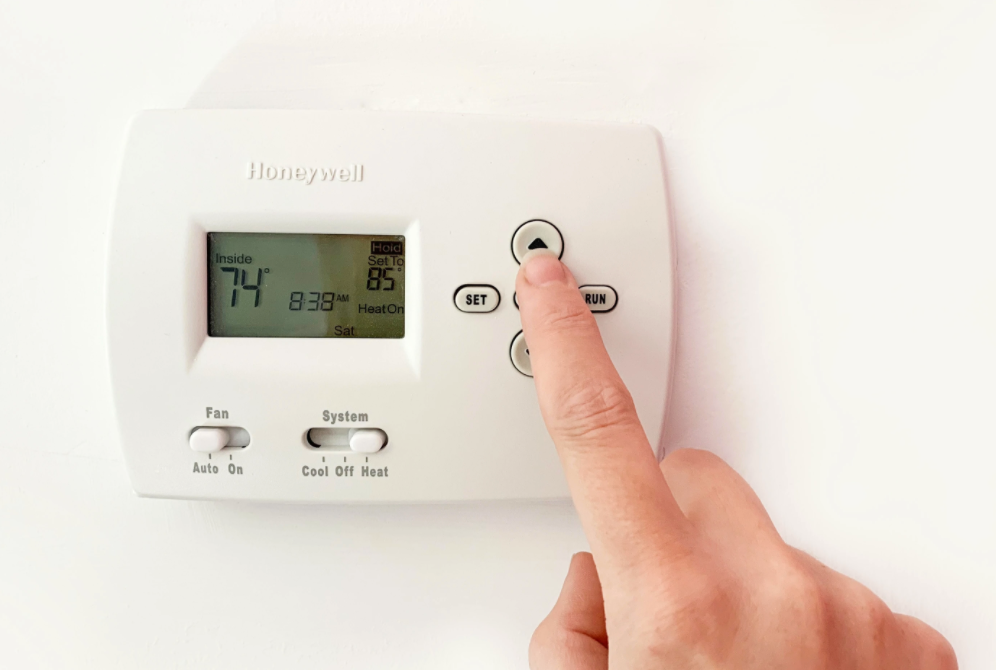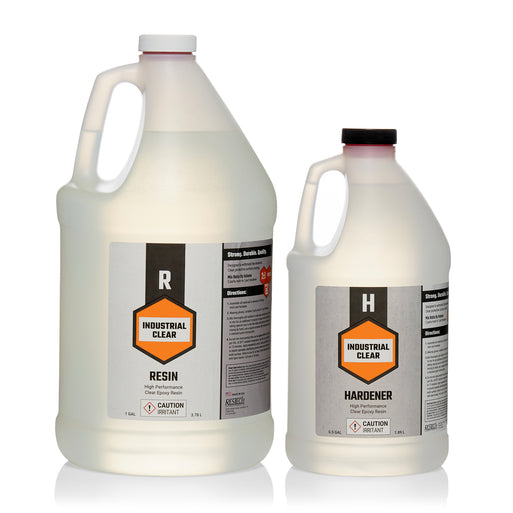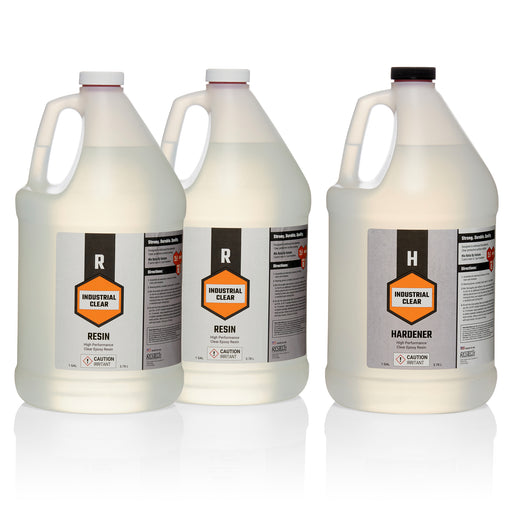From coasters and river tables to boats and bar tops, many projects demand an epoxy resin that cures rock hard and stays that way.
Yet, every now and then, you might encounter a puzzling situation – your hard-curing epoxy resin ends up curing bendy. Why does this happen, and more importantly, what can be done about it?
Let's take a closer look.
Why can epoxy resin be bendy?
1. Hasn't Cured Long Enough
Epoxy resin can sometimes seem bendy simply because it hasn't finished curing. Industrial Clear is dry to the touch after 24 hours, but it's not yet fully cured at this point and may bend. For a full cure, we suggest waiting a minimum of at least 72 hours and up to 7 days after pouring to ensure that the resin has reached its full rock hard cure.
2. Curing Environment Is Too Cold
The ideal temperature for working with Industrial Clear is between 70-80°F (21-27°C) and this temperature should be maintained while the epoxy cures. If the temperature drops below this range, it could extend the cure time.

3. Inaccurate Measuring
Industrial Clear has a simple 2:1 resin to hardener mixing ratio. In other words, it requires 2 parts resin combined with 1 part hardener, measured by volume (not weight). This precise balance is imperative to a successful pour. Adding too much of either resin or hardener will alter the chemical reaction and the mixture will not cure properly. Even if the mixture cures from a liquid to a solid, the end result may compromise the integrity of the final product, causing it to bend.

4. Under Mixing
Make sure to mix both the resin and hardener thoroughly; otherwise, it won't catalyze properly. Give it a good mix, scraping the sides and bottom of the mixing container as you stir, for at least 3 minutes. If the epoxy isn't mixed well, it might cure into a solid, but it won't be fully catalyzed and may be bendy as a result.

5. Too Much Colorant
Adding color to epoxy resin using powdered or liquid pigments can create a stunning effect, but moderation is key. We recommend adding no more than 6% of the total combined volume of resin and hardener. Adding more than this will throw off the epoxy mixture’s delicate balance and potentially compromise the final cure, resulting in bendy epoxy.

6. Pouring Without A Substrate
When epoxy is poured without any type of backing, like a wood board, metal sheet, table, it will initially have some flex before hardening completely.

7. You Didn't Use A Hard Curing Epoxy
Not all epoxy resin is created equally. To achieve a rock hard cure, use an epoxy resin like Industrial Clear that is intentionally formulated for strength. With a tensile strength of 7100 psi (ASTM D638) it will not bend once fully cured, and has a bit of flexibility built in to prevent it from cracking.

How to fix bendy epoxy resin?
Step 1: Give It More Time
The simplest solution is to let the epoxy sit for an additional 48-72 hours to ensure it is fully cured.
Step 2: Turn Up The Heat
If, after 72 hours, the epoxy is still flexible and you suspect cold temperatures may be the culprit, try relocating the piece to a warmer environment or increasing the temperature for an additional day or two.
Step 3: Pour Another Layer
If the epoxy doesn't harden even after extending the cure time and/or increasing the temperature, inaccurate measuring and mixing of resin or colorants may be the culprit. In such cases, pouring a coat of carefully measured and mixed Industrial Clear on top of the bendy piece can add strength and support.
Is bendy resin safe?
Bendy resin is an indication that the resin hasn't entirely cured, either because it is too early in the curing process, the temperature was too low while curing, or because the epoxy was not prepared according to the label instructions. If you find yourself with bendy epoxy, try increasing the temperature for another day or two to see if it helps. If there is no improvement, this indicates something else has prevented the epoxy from curing correctly, such as mixing or measuring errors. In this case, the epoxy cannot be considered food safe.
Since all of our safety testing and food safety data is based on properly prepared and fully cured samples, refrain from using bendy resin as a food contact surface.
⚠️ TIP: Never handle resin that is sticky or tacky with bare hands. Wear gloves to avoid a sticky mess or possible skin irritation.
What can I do with bendy resin?
Take advantage of bendy resin by shaping it while it's still flexible. Once fully cured, it will hold the shape.




Key Takeaways
From time to time, however, you may find that your epoxy cures bendy. To prevent this, adhere to the following recommendations:
-
Measure the correct amount of resin and hardener.
-
Keep added colorants to less than 6% of the total combined volume of the resin mixture.
-
Work at slightly warmer than room temperature (70-80°F or 21-27°C) and maintain the this while the epoxy cures.
-
Allow the epoxy to fully cure (7 days after pouring).
-
Use a hard-curing epoxy resin like Industrial Clear.
💡 Learn more about Industrial Clear's heat resistance and chemical resistance.
Industrial Clear: Rock Hard Epoxy Resin




